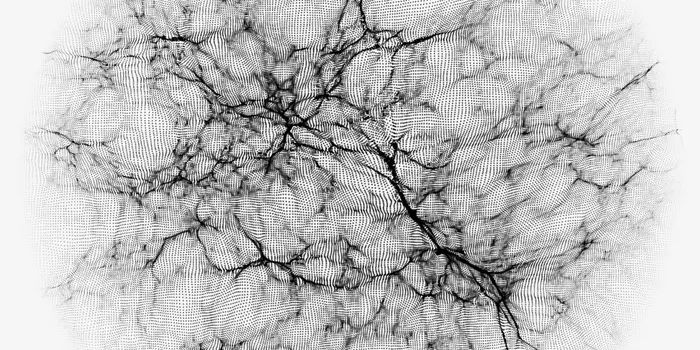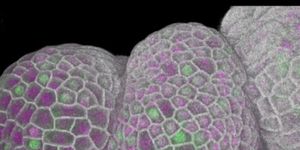How to 3D print customizable artificial body parts and medical devices
Researchers from the University of Nottingham have figured out a new 3D printing process technique that allows for the manufacturing of customizable artificial body parts and medical devices. Their process reduces the risk of bacterial infection and promises to improve the durability of devices. The findings are published in Advanced Science, under “Exploiting generative design for 3D printing of bacterial biofilm resistant composite devices.”
"Most mass-produced medical devices fail to completely meet the unique and complex needs of their users. Similarly, single-material 3D printing methods have design limitations that cannot produce a bespoke device with multiple biological or mechanical functions,” noted study lead, Dr. Yinfeng He, from the Centre for Additive Manufacturing.
"But for the first time, using a computer-aided, multi-material 3D-print technique, we demonstrate it is possible to combine complex functions within one customized healthcare device to enhance patient wellbeing."
The technique employs a computer algorithm to control the stiffness of 3D-printed polymers, thus allowing the team to manipulate strength and form to unique requirements. Additionally, the researchers were able to figure out how to use materials that are naturally bacteria-resistant, which could help the 3D-printed medical devices fight infection.
The team says their intention is to be able to use their new design to 3D-print medical devices with customizable functionalities and forms. “As the understanding of disease grows, so does the opportunity for personalization of therapies targeted to the needs of the individual,” write the authors. Devices could range from prostheses to polypills and could have significant implications for the medical manufacturing industry. They plan to continue their investigation by exploring potential functionalities in stem cell attachment.
The study was supported by the Engineering and Physical Sciences Research Council and conducted at the Centre for Additive Manufacturing.
Sources: Advanced Science, Science Daily








